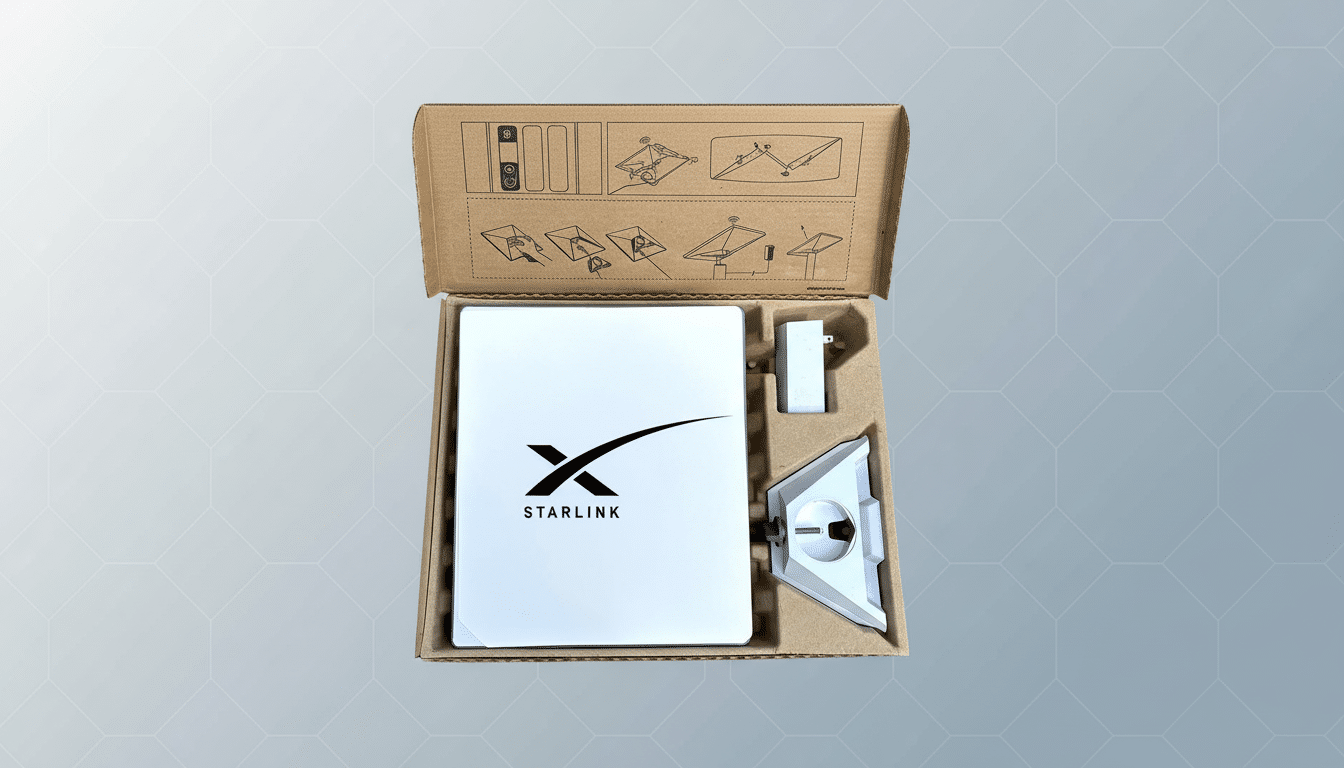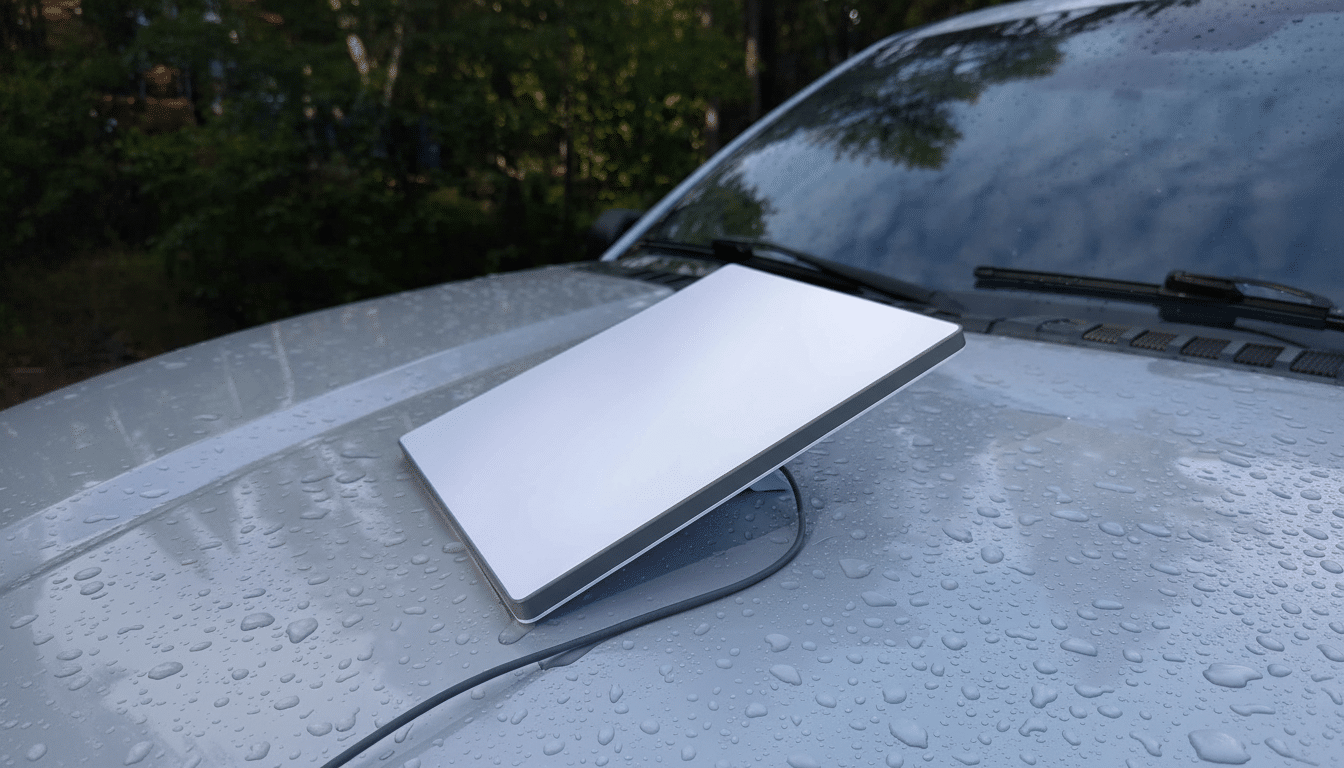SpaceX has discreetly made its most convenient satellite terminal much more enticing, shaving the cost of a Starlink Mini dish to $299 in the U.S. — a 40% drop from the earlier $499 figure.
In Canada, the bundle currently sells for CAD$399 instead of CAD$599. The offer is available directly from the company and appears to be a promotional, time-limited offering.

The step also removes a barrier to the backpacking good life, by offering satellite internet in a size category that the Mini helped create — it is an integrated Wi‑Fi router and stand in one package with modest space requirements. It’s not going to replace a full-sized dish for raw throughput — this thing has limits for now, as we’ll explain later on — but it’s made to be the “always with you” terminal for travel, field work, and off-grid backup.
What the recent Starlink Mini price cut encompasses
The Mini is now the cheapest Starlink terminal SpaceX offers in North America at $299. The markdown is from the company itself if you’re buying direct — it’s not clear how widely the discount has percolated out to retailers. Like past promos, SpaceX hasn’t said how long $200 off will be available.
At issue is service eligibility, the fine print you need to pay attention to. The Mini is for on-the-go connectivity and needs a Starlink Roam plan, which costs more than the standard residential tier. SpaceX also has a cheaper plan with 50GB of data per month for around $50 designed for lighter, occasional use; frequent travelers may want the full Roam plan (the company lists this at about $165 monthly). Taxes, fees, prioritization rules, and top-up options vary by region.
In relative terms, the CAD$399 price likely corresponds with the U.S. discount. Elsewhere, the Mini remains region-dependent with regard to pricing and availability based upon local licensing (which refers to legal regulations) and import charges.
How the Mini Differs From Standard Starlink
The Mini’s appeal is portability. The dish and Wi‑Fi router share one body that sports a kickstand, while the pair are small enough to drop into your daypack. Setting up is supposed to be easy; you find some open sky, turn it on, and the app takes care of alignment and status checks. Power draw is reduced compared to Starlink’s larger terminals, which means the Mini should be a bit more friendly with battery packs, overlanding rigs, and small solar installations.
That small package does bring with it compromises in performance. The compact antenna picks up less signal than standard and high-performance dishes, which can mean slower peak speeds and lower stability in congested cells or obstructed locations. However, for most medium-level field tasks — video calls, cloud docs, remote desktop access, HD streaming — the Mini serves up a workable connection.

And it’s not the dish, by itself, that counts, but network conditions. Independent tests from Ookla’s Speedtest Intelligence record typical U.S. median download speeds for Starlink in the several dozen megabits per second range, with sub-60 ms latency, although those results vary by geography and time of day. The Mini draws on the same LEO constellation, and will mirror those local capacity dynamics.
Why SpaceX is trying a Starlink Mini price cut now
Declining terminal prices typically indicate one of two things: either manufacturing efficiencies — that is, cost savings in the assembly process — or an effort to seed a category before a hardware refresh. SpaceX has hinted in regulatory filings and developer notes that it’s iterating its consumer hardware quickly; a follow-on Mini would not be out of the question. In Australia, the company has even tested out promotions that essentially loan a Mini to select users at no added hardware cost — another indication it wants more portable dishes in the wild.
The competitive context also matters. Eutelsat OneWeb has concentrated on enterprise and mobility, not mass-market consumer kits, while Amazon’s Kuiper is still pre-commercial elsewhere. A $299 entry point widens SpaceX’s lead in consumer LEO and might also help absorb seasonal demand from RVers, mariners, and off-grid homeowners.
Who benefits most from the Starlink Mini price drop
Its new price tag also makes it one of the easier-to-justify satellite dishes for mobile professionals, overlanders, and boaters: it resides in a backpack or vehicle 100 percent of the time and deploys quickly enough that you can’t forget your dish at home. For emergency managers and NGOs, a more compact kit minimizes the friction of staging connectivity in shelters or clinics. During recent emergencies, those agencies in North America and Europe have relied on Starlink terminals to re-establish vital communications; the lower-cost Mini expands that toolkit for volunteer groups and local responders.
It also means more flexibility for media crews and field researchers. The Mini’s built-in Wi‑Fi translates to fewer boxes to wire, and the multi-location rights of the Roam plan match the reality of quick-moving assignments. Just don’t forget the physics: you still need open sky and few obstructions, as well as awareness of data policies to get the most from the hardware.
What to watch next as SpaceX discounts Starlink Mini
SpaceX doesn’t include an end date with this promotion, so availability may vary by region and stock can come and go without warning. Potential customers will want to verify support for service addresses, monthly plan requirements, and any data-prioritization rules before checking out.
On its network side, SpaceX is still launching the next generation of satellites to increase capacity. If that rhythm maintains, users — especially those on mobile devices — ought to experience more consistent performance over time. For now at least, the takeaway is easy: the most portable Starlink option just got $200 more palatable.

